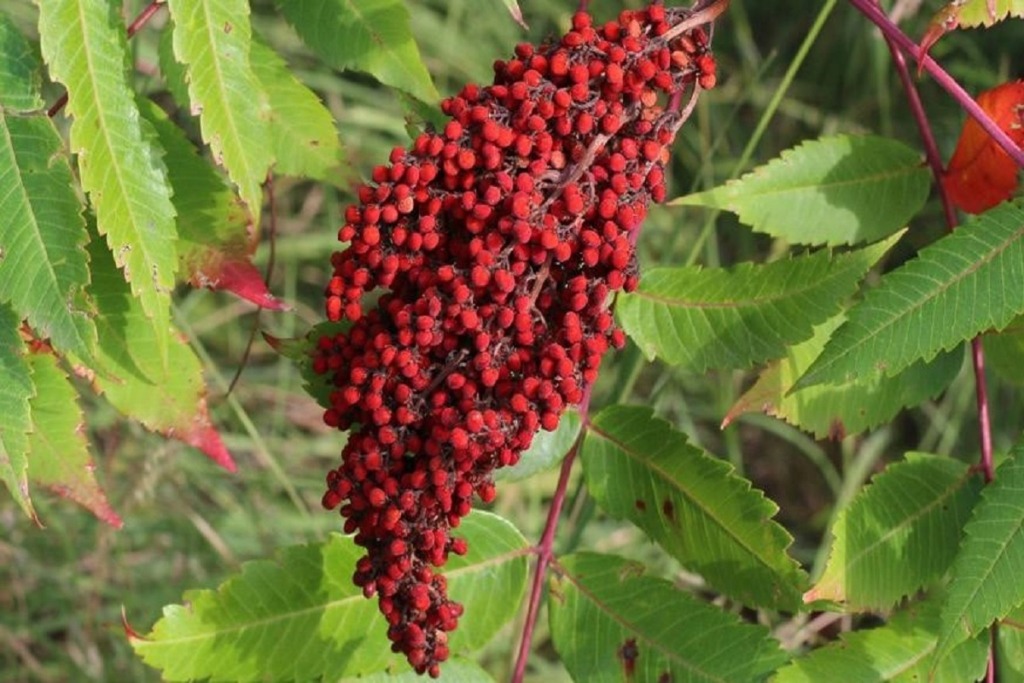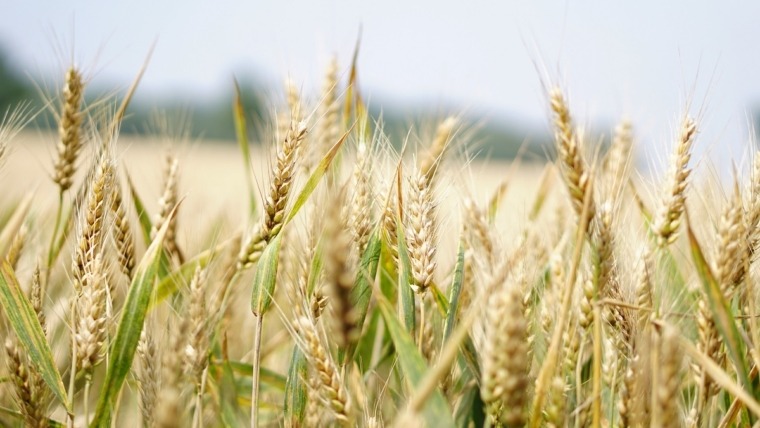
Written by Kevin Kapusi Starow
Sumac has been used for thousands of years as a flavour enhancer, as a source of dyes, for medicinal purposes, and as a beverage. It has an amazing array of uses and is well worth taking the time to learn a little more about it.
It is the dried powdered fruit (and sometimes the leaves) of a flowering plant, the fruit being a purplish / red colour, when dried. The plant is grown in temperate and subtropical climates such as in the Middle East, the Mediterranean, southern Asia, and North America.
As a spice sumac has traditionally been popular in Middle Eastern and south Asian cuisines, though over the last fifteen to twenty years has begun to make and impact throughout the rest of the world. So much so that today you can find Sumac as a spice in most large supermarkets.
There are two main varieties of Sumac, Smooth Sumac (rhus glabra) and Staghorn Sumac (rhus typhina). Another edible variety of Sumac and there are many is Sicilian Sumac is said to have the best flavour of them all. It is important to note that there are white sumac berries that grow along the stem in clusters, which are toxic, poisonous and should be avoided.
History
Sumac has been used for thousands of years across the globe, for a variety of uses from flavouring food, to medicinal purposes, to tanning of leather and as a dye, or colouring. A solution was made from the leaves of the plant, throughout the Middle East to tan leather, making it soft and pliable for further use.
The Romans were well known for using sumac, firstly for its juice as a flavour enhancer, and secondly for its powdered form as a seasoning in foods. The indigenous North American Indian tribes would dry the berries and use them as a food source and flavour enhancer during the long cold winters.
For Cooking
Sumac is an interesting spice due to its uniquely appealing flavour and effect on our taste buds. As it has a lemony tart taste and smell which is derived from the Malic Acid contained within the berries that is tart though not as intense as that of a lemon or vinegar.

Various cuisines utilise this spice in interesting ways such as in Middle Eastern cuisine where it has traditionally been used as a flavour enhancer on salads and for meats. The Arabic cuisines use sumac more as an accompaniment or garnish for mezze dishes such as Hummus and tashi. It is also placed on tables in restaurants, and I assume in homes, usually in a variety of shakers as a table accompaniment, much like salt or pepper. In Asia cuisines sumac is used to flavour rice and meat dishes amongst other things.
Then in North America they use the fresh red berries as a flavouring for water, sort of like a cordial, that is said to be rich and refreshing and is the inspiration for pink lemonade. Often called Indian Lemonade as it is the Native American Indians who created the beverage. Of course the spice was also used as a flavour enhancer for their many varieties of meat dishes as well.
Health Benefits
Sumac has surprisingly been used for many generations for its medicinal properties, throughout many countries for a variety of ailments. For example the leaves from some of the more fragrant varieties of Sumac have been used traditionally as a tea to treat Bronchitis. Teas made from the leaves of the winged sumac, which are rich in tannins have been used for treating ailments such as toothaches, diarrhoea, dysentery, and other stomach ailments.



